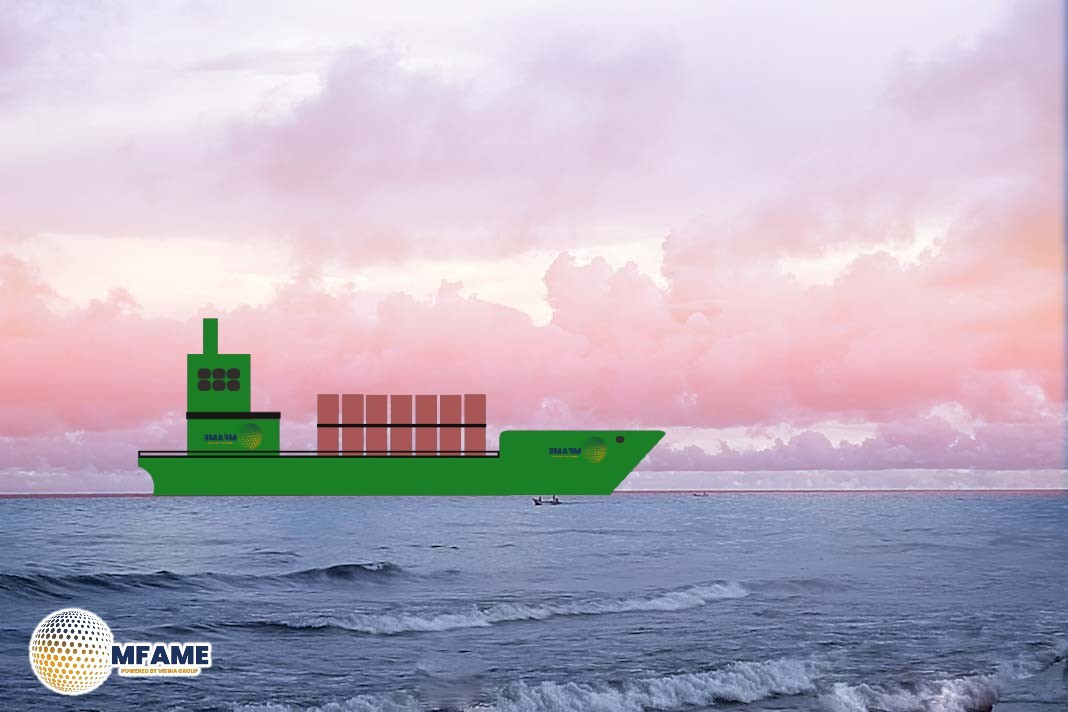- Blending and commingling fall outside Hague-Visby Rules, requiring legal safeguards.
- The bill of lading must reflect actual cargo conditions and blending operations.
- P&I Club consultation is recommended to mitigate risks and ensure coverage.
Ships often receive cargo interests’ requests to blend, commingle, dye, or dope liquid bulk cargoes. These operations have different purposes, such as satisfying market needs, regulatory compliance, or tailoring products for final users. But each operation involves danger and must be performed with care, reports Brittania P&I Club.
Blending vs. Commingling
The words “blending” and “commingling” are usually interchanged, but they have different meanings: SOLAS Chapter VI, Regulation VI/5-2, defines blending as utilising a ship’s cargo pipelines and pumps to transfer two or more dissimilar cargoes to form a new product. It can also include the loading of different products into a single cargo tank to attain a new specification without internal circulation.
Commingling is the deliberate admixing (loading on top) of various freight parcels, usually of the same class, in a cargo tank. It does not change the cargo’s characteristics noticeably but unifies several shipments in one.
Doping and Dyeing
Doping involves introducing additives to liquid bulk cargoes to maintain or correct specifications. This process improves fuel stability, ignition quality, knock resistance, and lubricant properties.
Dyeing is the process of adding colourants to oil products to differentiate fuel types for regulatory, tax, or operational reasons. This does not change the chemical properties of the product.
Risks Associated with Onboard Blending and Commingling
- Regulatory Restrictions: SOLAS Chapter VI, Regulation VI/5-2, prohibits physical blending and production processes during sea voyages. Local administrations interpret “sea voyage” differently, which affects blending at anchorage.
- Product Specification Issues: Errors in volumetric loading can result in off-spec cargo. Ship motion can hinder proper blending during short voyages.
- Chemical Reactions: Some reactions between blended components can increase vapour pressure unpredictably, Proper operation of PV valves is crucial.
- Inadequate Sampling: Final samples must be representative and collected using zone samplers at different depths.
- Calculation Errors: Cargoes must be loaded in the correct volumetric proportion. Ship stability, trim, and list should be considered.
- Bill of Lading Issues: Cargo from different suppliers or ports must be documented accurately. The bill of lading should reflect blending/commingling operations.
- Density/API Variations: The final blended API/density differs from the original cargo components.
Risks Associated with Onboard Doping and Dyeing
- Tank Coating Compatibility: Some additives may be incompatible with tank coatings.
- Crew Expertise: Ship staff may not be qualified to conduct doping or dyeing.
- Storage of Additives: Carrying additives on board can pose hazards.
- Contamination Risk: Dyeing additives may stain cargo tanks and affect future cargoes.
Best Practices for Onboard Blending and Commingling
- Review Charterparty Terms: Check for clauses on blending/commingling and seek legal advice if needed.
- Obtain a Letter of Indemnity (LOI): The carrier should be indemnified against liabilities, costs, and delays.
- Plan the Loading Sequence: Follow a structured plan to achieve a homogeneous mixture.
- Ensure Proper Documentation: Obtain written instructions from the charterer and confirmation from buyers.
- Even Distribution: Load all nominated tanks evenly in proportion to the total cargo.
- Compare Shore and Ship Figures: Verify loading sequence and cargo quantities.
- Accurate Bill of Lading: Document blending/commingling activities.
- Sampling: Conduct multi-level sampling using industry-standard procedures.
Best Practices for Doping and Dyeing
- Prefer Doping/Dyeing Ashore: Conduct these processes before loading whenever possible.
- Prepare a Doping Plan and Risk Assessment: Evaluate potential risks before proceeding.
- Check Additive Compatibility: Confirm with the tank coating manufacturer.
- Ensure Correct Additive Ratios: Prevent overuse or underuse of additives.
- Use Qualified Personnel: Doping or dyeing should be performed by an expert, not the ship’s crew.
- Obtain an LOI: Ensure the charterer provides indemnity for any risks.
- Prevent Tank Staining: Take precautions when using dyeing additives.
- Request Safety Data Sheets (SDS): Review SDS for all additives used.
Seeking Advice from the Club
Every case of blending, commingling, doping, or dyeing is different. Shipowners would be advised to seek advice from their P&I Club, particularly if operations may impact coverage. A Letter of Indemnity is not necessarily enforceable, and entering into these operations is a commercial choice for shipowners.
Did you subscribe to our daily Newsletter?
It’s Free Click here to Subscribe!
Source: Brittania P&I Club

















